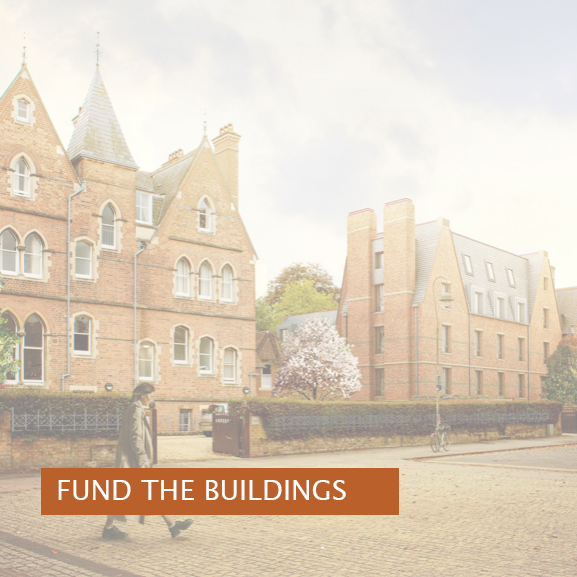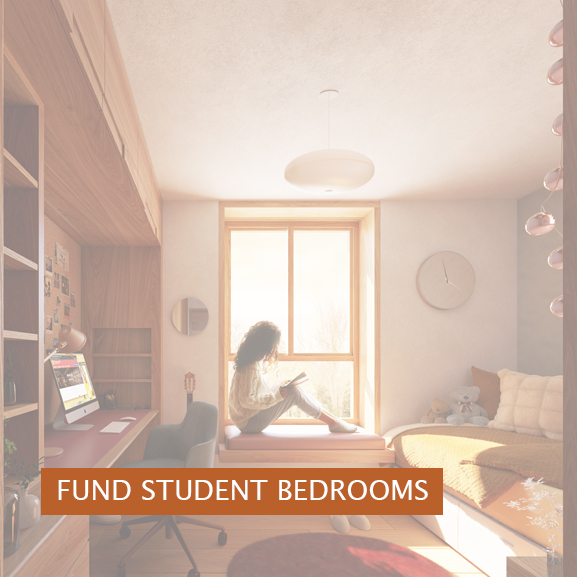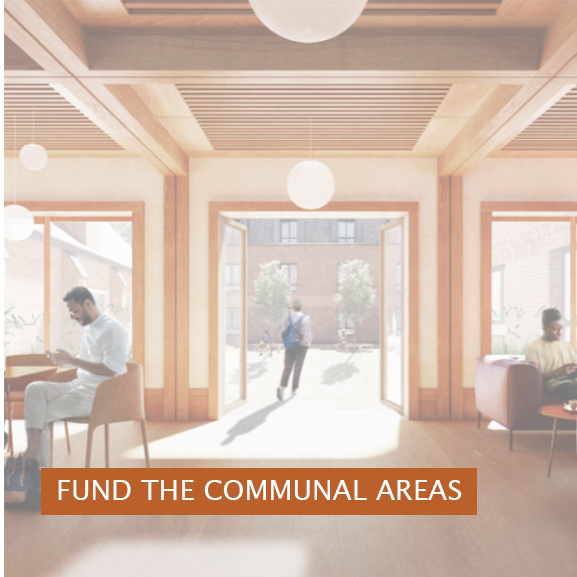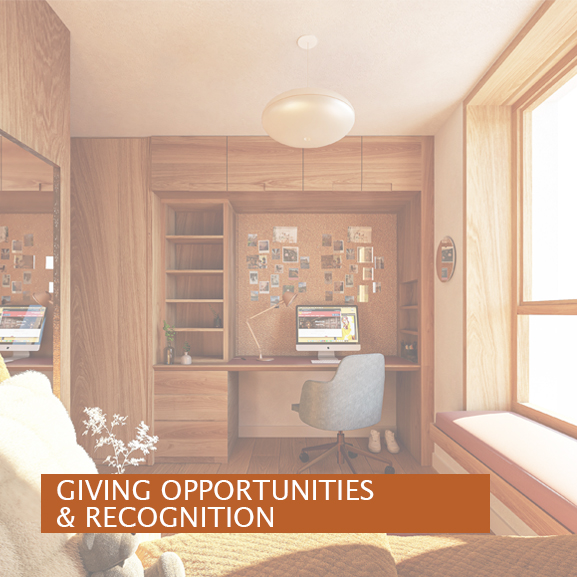GARDENS
Across the Norham St Edmund site, a series of nine distinct carefully landscaped green areas or gardens will include: Courtyard/Cloister Garden, Ecology Pond, Village Square, Swale, Front Gardens, green rooves, Woodland Edge and Upper and South Lawns.
Join us in creating a leading environmentally sustainable outdoor space for our community!
Explore the Gardens
Cloister Garden/courtyard
The proposed courtyard – a contemporary interpretation of a Cloister Garden – is designed for students to meet outside and to relax.
Spacious planting borders with soft grasses and colourful perennials will contrast well with the benches and flush water feature. A transparent planting will increase privacy and provide separation within the space.
Plants are selected for seasonal change, colour and scent. A medium, extinct in the wild and very unique Franklinia alatamaha tree will add additional layer to the whole space.
Water elements will add a layer of relaxation to the users of the space through the sound.
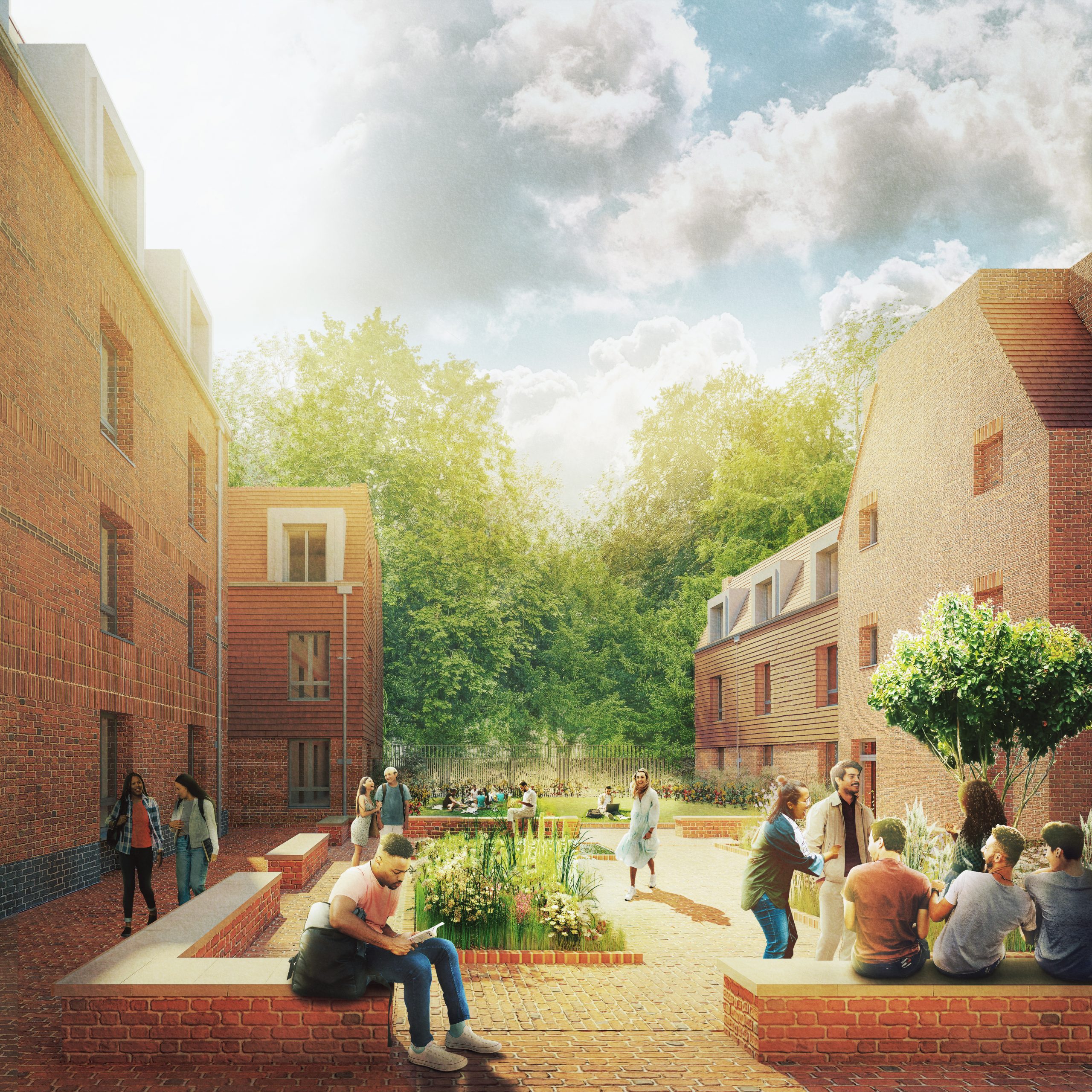
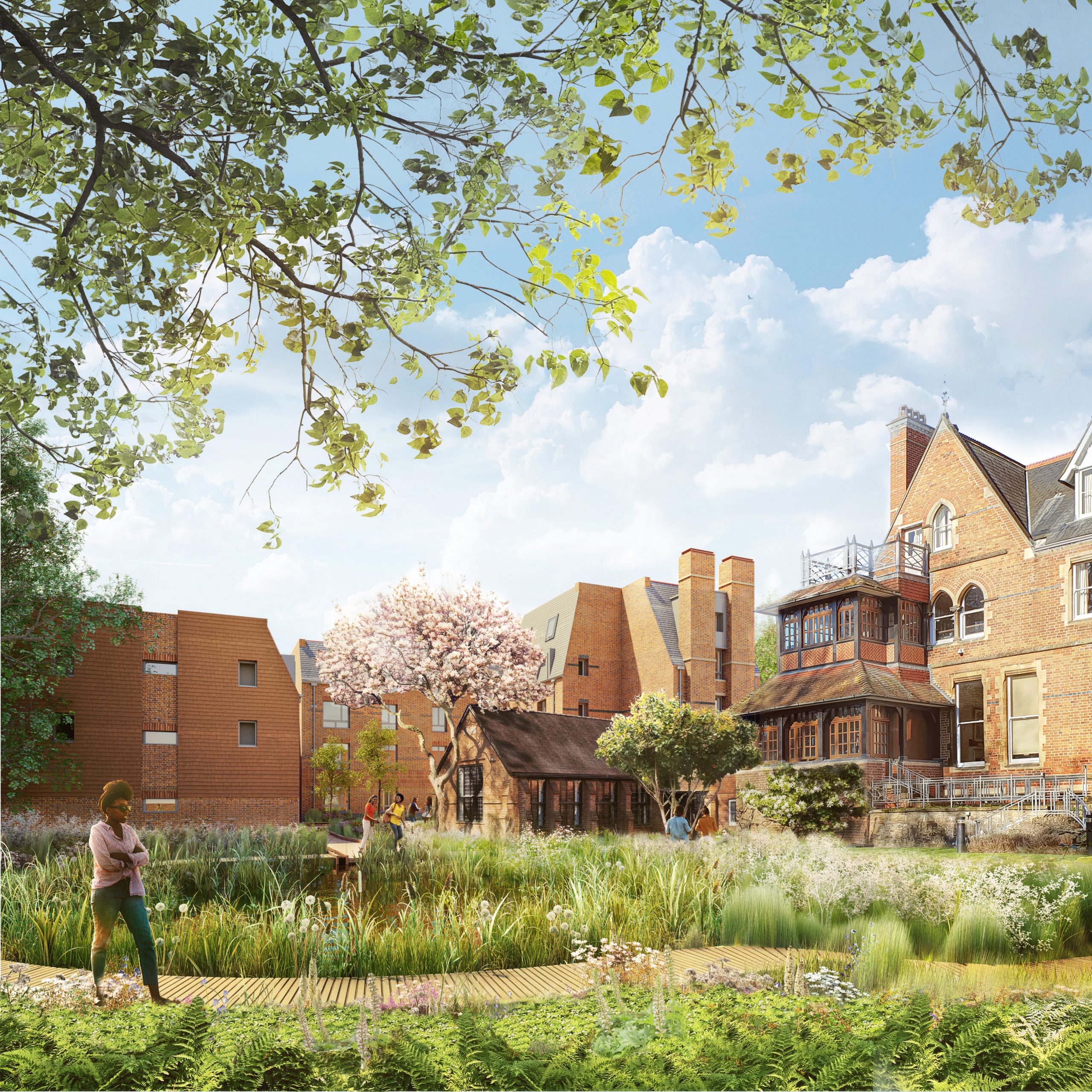
Ecology Pond and Marginal Planting
A cleanwater pond, with a natural profile, planted with native aquatic, floating and marginal species and fed by filtered rainwater will add great local biodiversity value and biophilic appeal.
Removal of existing native yew hedge opens up this area to the long view and becomes a new area for meeting and relaxing sheltered by new trees on the north eastern boundary.
The pond border will be informal and wildlife-friendly to allow easy access for wetland fauna.
The proposed planting scheme includes native marginal wetland planting.
To the south of the pond new terrestrial habitat will be created with rockery/fernery for the amphibians.
To the north of the pond a wildflower meadow is designed. Nectar rich flora will soften the pond edges, create new environments and frame the views.
Village Square
Concept of a relaxed courtyard for informal meeting and seating.
The inside-outside connections between external space and buildings have been carefully designed to maximise the use of this space.
Two trees are proposed to replace Paulownia tomentosa. The new suggestion includes Platycarya strobilacea, which is a great specimen and is already on Oxford grounds, just outside Wadham College music room.
Planting beds are designed to sit alongside the windows of the Villa Building. A layer of greenery will create a visual buffer and increase privacy.
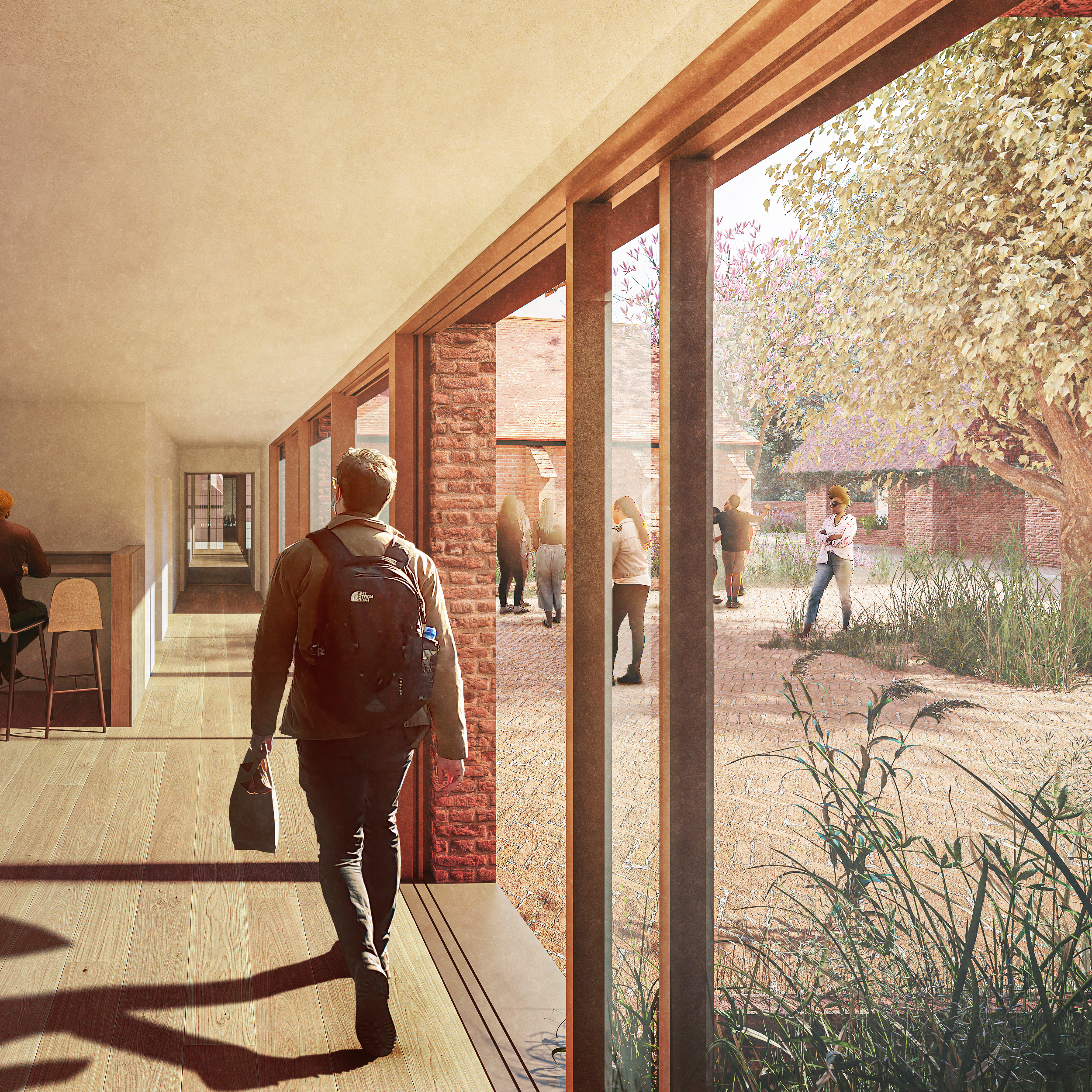
Front Gardens
The following design will be introduced to reinvigorate this area:
- Re-introduce traditional grain of gardens which are linked in scale to the houses/villas rather than treated as one urban landscape.
- A mix of hedges, shrubs, climbers and herbaceous planting to encourage change through the seasons.
- Mixed native hedge proposed to support Priority Species for Countryside Stewardship Scheme eg attract the Brown Hairstreak Butterfly (species rare in the UK but found in Oxfordshire).
- The proposed hedge includes species such as Acer campestre, Cornus mas, Corylus avellana, Crataegus monogyna, Fagus sylvativa and Prunus spinosa.
- Four new trees are proposed for the front gardens: 2 no. of Zelkova carpinifolia and 2 no of Corylus colurna.
- Cycle stands are provided to accommodate students’ needs. They are located at the road level for flexibility and comfort.
- Within the front gardens enclosed bin stores are integrated into the landscape. Green roofs on top of the structures improve visual impact, increase the biodiversity and ecological value of the site.
Upper and South Lawn
These lawn areas will be for students to sit out and relax. They also act as important open and multi-functional spaces for different activities.
Woodland Edge
The proposed woodland edge, adjacent to the University Park will promote and extend the already existing wildlife corridor.
This space is an opportunity for shade, native ground cover planting including ferns and climbers (good for nesting and nectar food) and artistic deadwood installations for invertebrates.
The project team met with the University Parks officers, who are very enthusiastic about the proposal and the ability to promote biodiversity on both sides of the boundary fence. Details of the fence will also include gaps for hedgerows and other fauna.
Swale
This is a water channel adjacent to the path transporting water to the pond and that connects the main axis of the site.
Recognition
There are a great array of areas where we are seeking various levels of support.
From getting together with your friends from the Hall to name an individual tree (£10,000) or funding a Garden seat (£5,000) through to funding the Cloister Garden (£250,000) or the Ecology Pond (£50,000).
We are also looking to install green rooves (£100,000 each) on the new Villa, Park House and West House buildings.
The Background
The landscape will provide enhanced access to outdoor spaces for use by the students.
Each space will have a unique identity and act as a series of connecting outdoor rooms inspired by the Arts and Crafts style. Introducing pollinators, new species, and conservation plantings to the landscape will increase biodiversity and habitat diversity. For example, there will be significant areas of biodiverse green roof seeded with a carefully contrived list of native species.
A holistic Environmental concept
The proposal creates a landscape that is resilient and supports change, sustaining and encouraging a rich biodiversity throughout its operational life. Imbued with strong biophilic qualities, it aims to support the psychological health, well-being, creativity and productivity of students, teaching and research staff and visitors. It also provides opportunities for passive and active environmental learning and experimentation.
A focus on climate change will see the incorporation of robust and drought-tolerant species. The option to introduce devices to monitor bats and other biodiversity will send data to an internal display, providing biophilic appeal and promoting environmental education at the site. Plant species that are endangered in the wild, selected in collaboration with Ben Jones, the Arboretum Curator at Oxford University’s Botanic Garden and Arboretum, will also be incorporated in the site.
For more information, please contact:
Please contact, Andrew Vivian, Fellow and Director of Development
andrew.vivian@seh.ox.ac.uk
+44 (0)1865 279096
St Edmund Hall, Queen’s Lane, OX1 4AR

